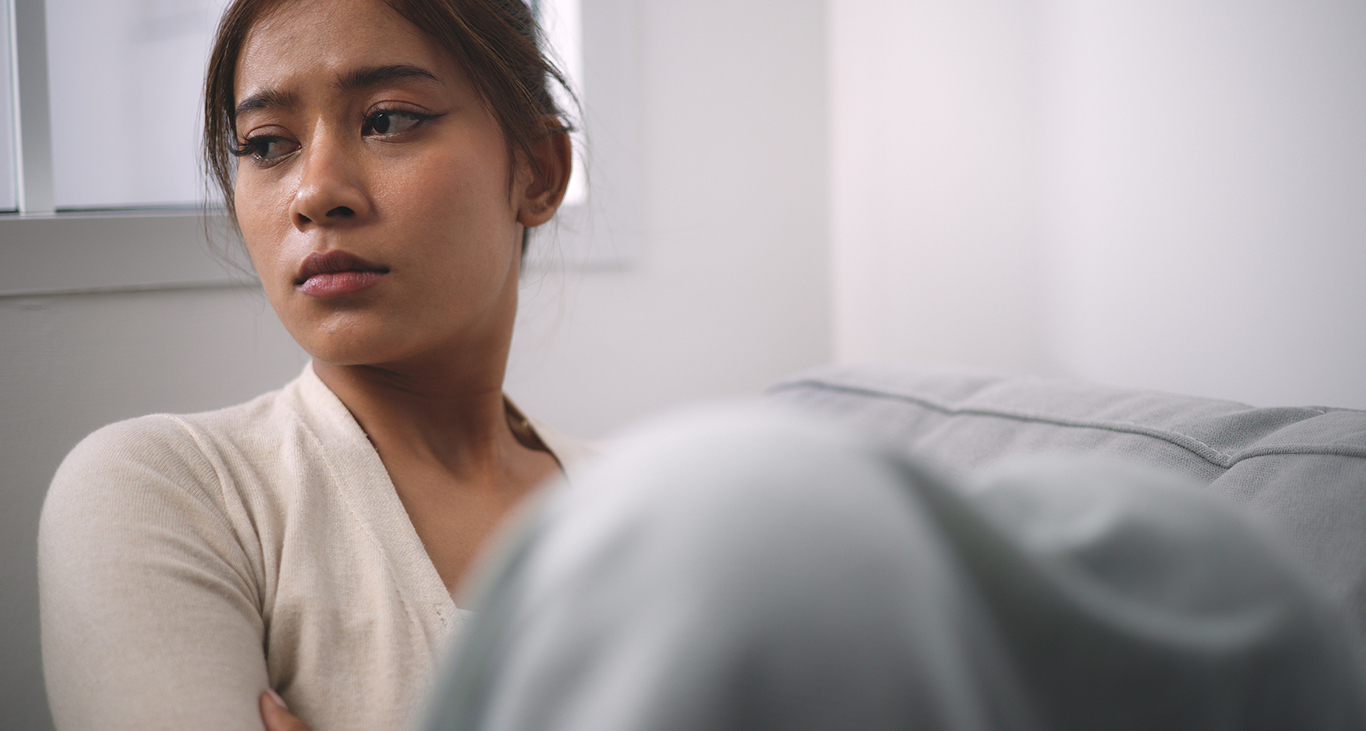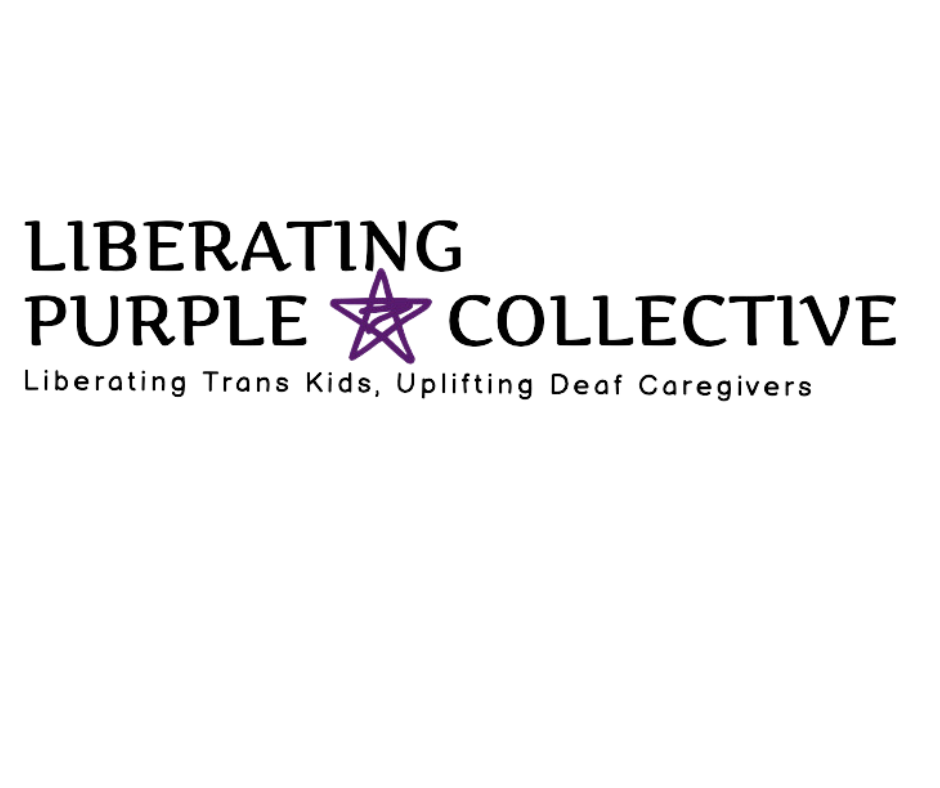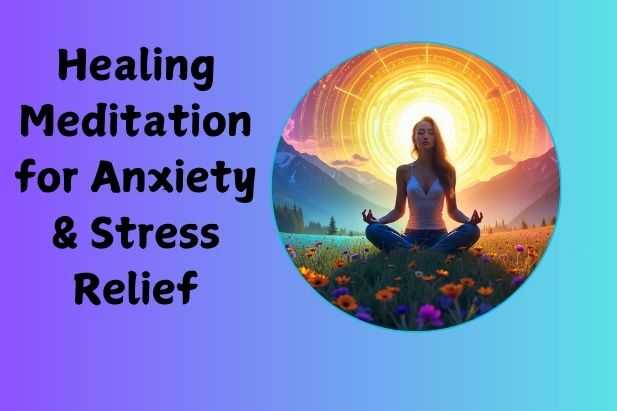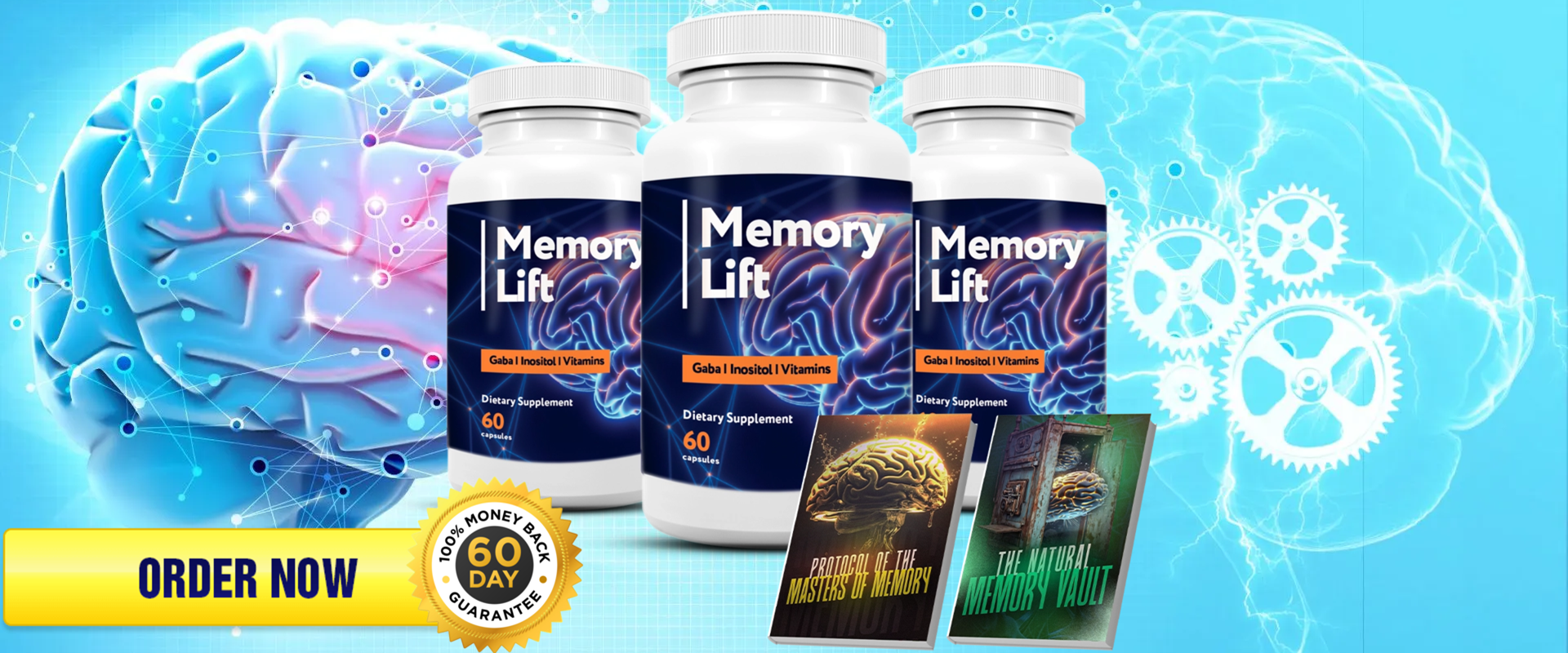The Worry Window: Closing the Gap Between Fear and Reality

Strong 8k brings an ultra-HD IPTV experience to your living room and your pocket.
Understanding the "Worry Window"
Worry is a universal human experience. It often emerges in anticipation of a future event, forming what psychologists refer to as a "worry window"—a mental space where we allow fear, uncertainty, and doubt to fester. This window typically opens in moments of vulnerability: waiting for test results, preparing for a public speech, or anticipating a difficult conversation. While occasional worry can be a useful motivator, chronic worrying can spiral into anxiety, significantly impairing our mental and physical health.
The Gap Between Perception and Reality
One of the most critical aspects of managing anxiety is recognizing the difference between perceived threats and actual danger. The brain is wired for survival, which means it often overestimates risk and underestimates our ability to cope. This survival mechanism can serve us well in truly dangerous situations, but in modern life, it often misfires. A text from your boss can feel like impending doom. A minor argument with a loved one can feel like the end of the relationship.
The "worry window" is essentially a magnifying glass that amplifies these perceived threats. Over time, this pattern of thinking creates a persistent sense of dread and unease. Understanding this distortion is the first step toward closing the gap between fear and reality.
The Psychology of Anxiety
Anxiety is more than just excessive worry; it’s a clinical condition that affects millions worldwide. According to the Anxiety & Depression Association of America, anxiety disorders are the most common mental health condition in the U.S., impacting over 40 million adults each year.
When worry becomes chronic, it can manifest as Generalized Anxiety Disorder (GAD), panic disorder, social anxiety, or specific phobias. These disorders often begin during adolescence and can persist into adulthood if not properly managed. The "worry window" becomes a constant, with no off switch, causing significant distress and impairing daily functioning.
The Role of Anxiety Meds
For many, managing anxiety requires a multifaceted approach that includes therapy, lifestyle changes, and sometimes medication. Anxiety meds, such as selective serotonin reuptake inhibitors (SSRIs) and benzodiazepines, can be highly effective in reducing symptoms and helping individuals regain control over their lives.
It’s important to consult a qualified healthcare provider before starting any medication. However, the stigma surrounding mental health treatment often prevents people from seeking the help they need. Accessing anxiety meds online through reputable telehealth platforms can offer a discreet and convenient way to begin treatment. These services connect patients with licensed professionals who can assess their condition and prescribe medication when appropriate.
Mindfulness and Cognitive Behavioral Techniques
While medication can be a valuable tool, it’s not the only solution. Mindfulness practices and cognitive behavioral therapy (CBT) techniques have proven highly effective in reducing anxiety. These methods focus on identifying negative thought patterns, reframing them, and grounding the individual in the present moment.
Practicing Mindfulness
Mindfulness involves paying deliberate attention to the present without judgment. Simple practices like deep breathing, meditation, or mindful walking can help narrow the worry window and bring a sense of calm.
Reframing Thoughts
Cognitive restructuring is a core element of CBT. It involves identifying irrational fears and challenging them with evidence-based reasoning. For instance, instead of thinking, "I’ll fail this presentation and lose my job," you might reframe it as, "I’ve prepared well, and even if I stumble, it doesn’t define my entire career."
Lifestyle Factors That Influence Anxiety
Several lifestyle choices can exacerbate or alleviate anxiety. Recognizing these factors and making intentional changes can significantly reduce the intensity and frequency of anxiety episodes.
Nutrition and Sleep
A well-balanced diet and adequate sleep are foundational to mental well-being. Processed foods, excessive caffeine, and sugar can spike anxiety levels, while a diet rich in whole foods can promote calm. Similarly, sleep deprivation heightens the brain's threat response, making the worry window more prominent.
Exercise
Regular physical activity releases endorphins and reduces cortisol levels, both of which help in managing stress. Even a 30-minute walk can make a difference.
Digital Hygiene
Constant exposure to social media and news can heighten anxiety. Establishing screen-free zones and digital detox periods can help reduce overstimulation and foster a more peaceful mental environment.
When to Seek Professional Help
It’s important to know when worry has crossed the threshold into clinical anxiety. If your worry window is open more often than not, and if it interferes with work, relationships, or daily functioning, it may be time to seek help.
Licensed therapists and psychiatrists can provide personalized treatment plans. Many platforms now offer access to anxiety meds online, making it easier than ever to begin your mental health journey.
Closing the Worry Window
The ultimate goal is not to eliminate worry entirely—some level of concern is normal and even healthy—but to manage it effectively. Closing the worry window involves:
Recognizing distorted thoughts
Practicing mindfulness
Using medication when appropriate
Making supportive lifestyle choices
Seeking professional guidance
By narrowing the gap between fear and reality, we can lead more balanced, fulfilling lives. Anxiety may always whisper in the background, but it doesn’t have to take center stage.
Final Thoughts
Living with anxiety can feel like standing in a room full of mirrors, each one reflecting a worst-case scenario. But by understanding the mechanisms behind worry and taking proactive steps, it is possible to shrink the worry window and reclaim mental peace. Whether through therapy, mindfulness, or responsibly accessing anxiety meds online, you have tools at your disposal to take control.
Note: IndiBlogHub features both user-submitted and editorial content. We do not verify third-party contributions. Read our Disclaimer and Privacy Policyfor details.







